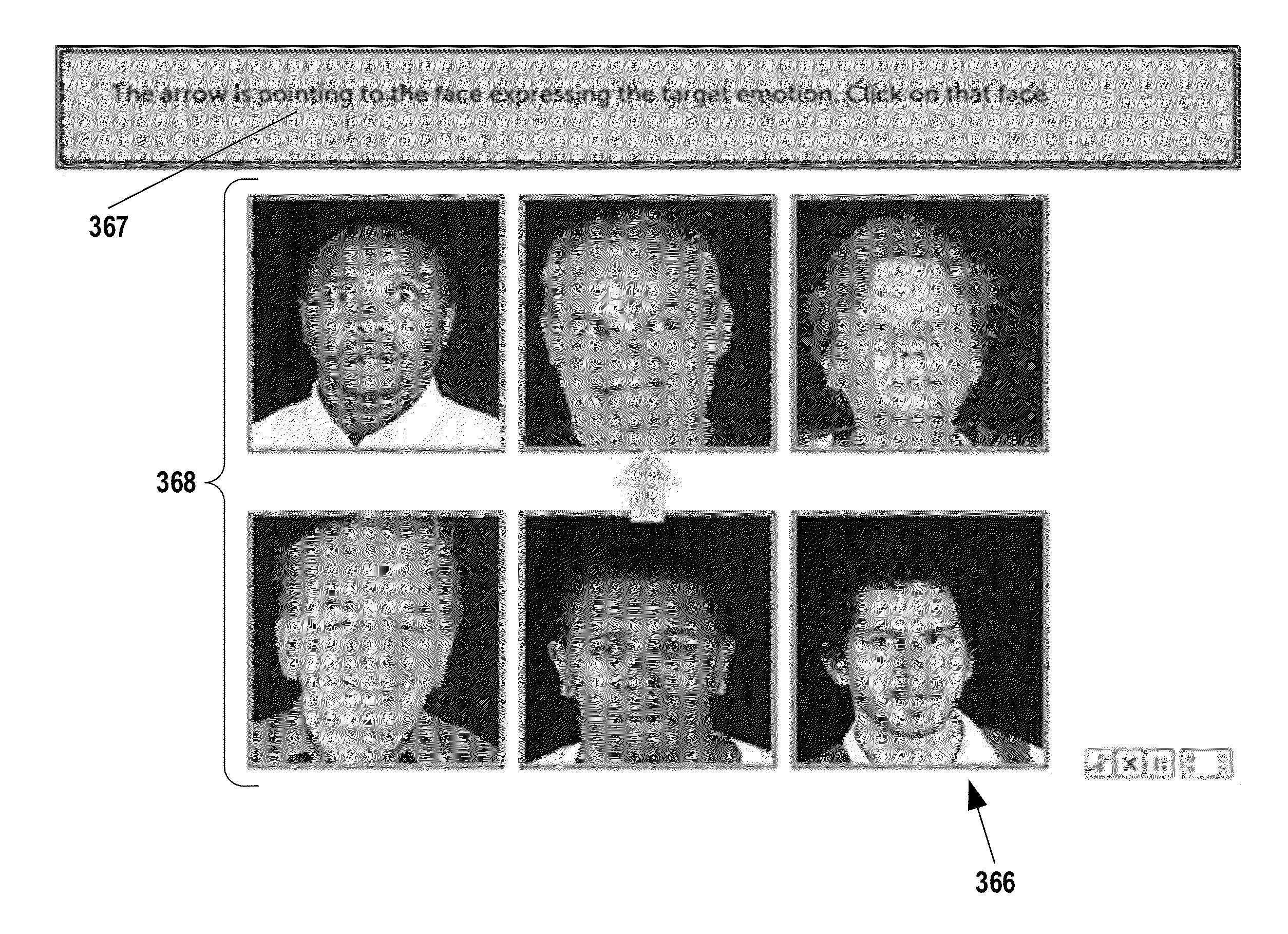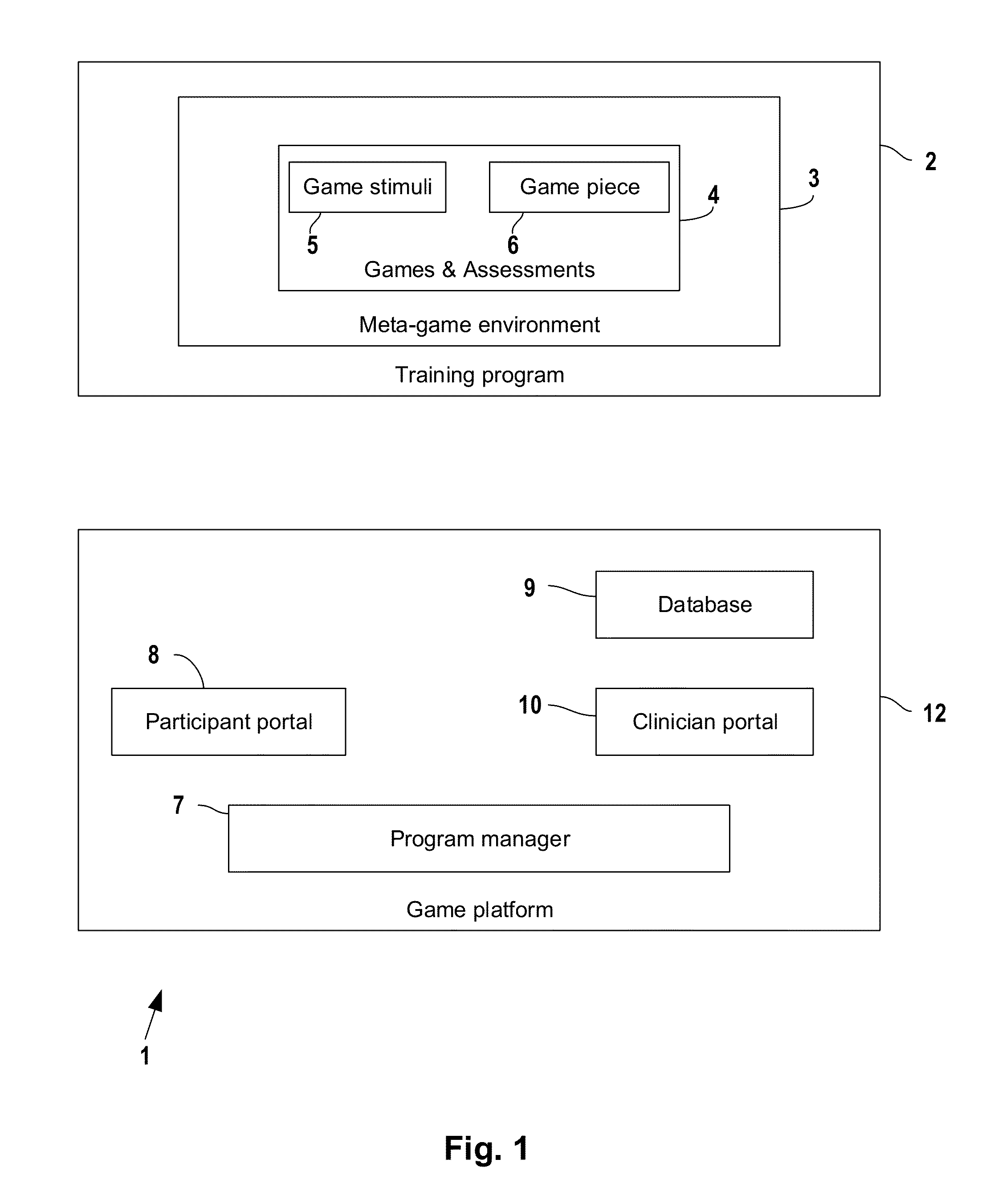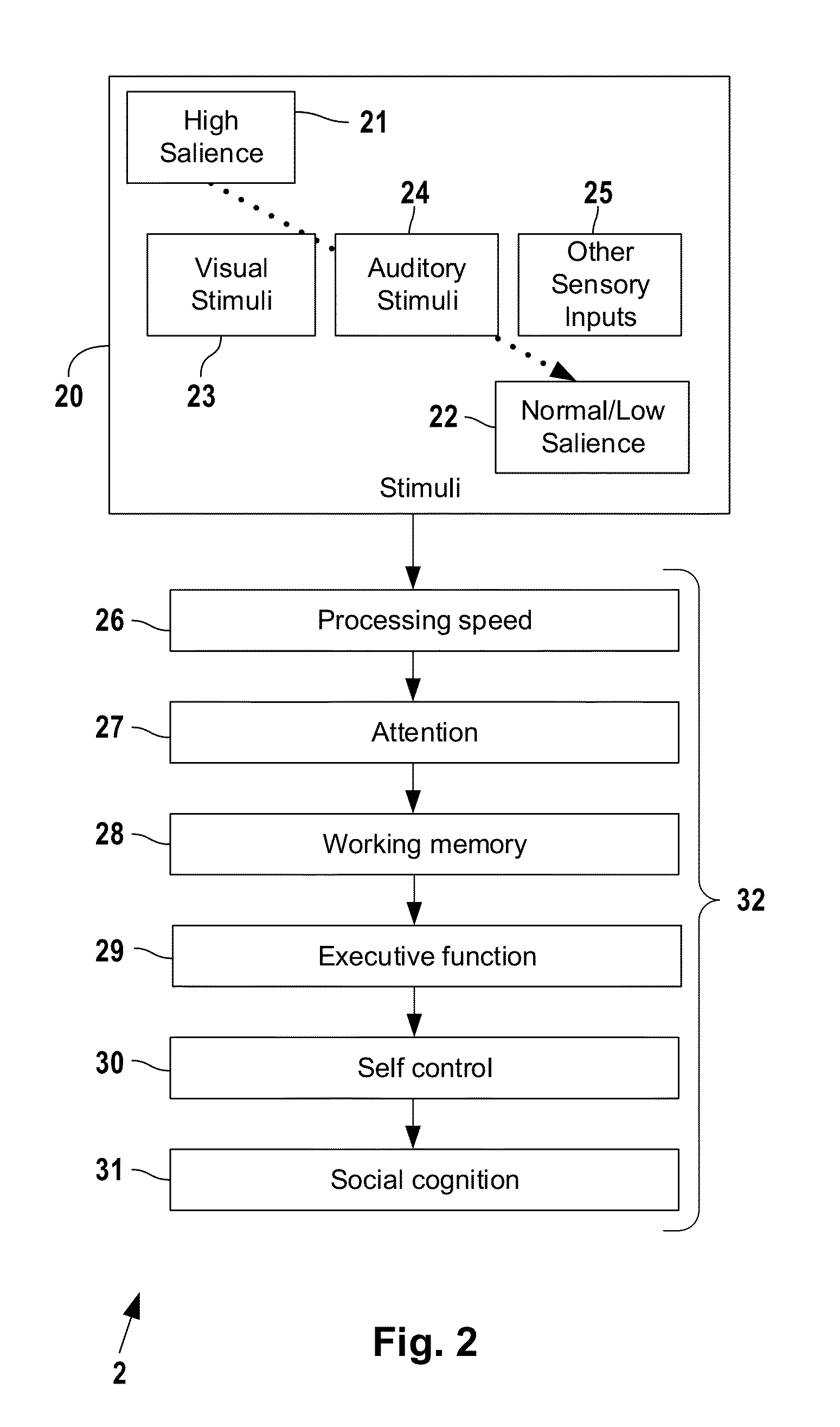ASDs are characterized by deficits in all aspects of social interaction and reciprocity, pragmatic communication deficits and language delays, and an assortment of behavioral problems such as restricted interests, sensory sensitivities, and repetitive and stereotypic behaviors.
These core deficits in social
cognition are strong, persistent, cross-
modal, and degrade all SC operations.
This discrepancy between cognitive and
social skills clearly affects the ability of adults with HFA and AS to secure employment and live independently, and contributes greatly to their predictably poorer
quality of life—even while they may have an acceptable or even high level of cognitive ability and control.
ASD individuals have a poor ability to recognize or distinguish between facial emotions.
They are impaired in understanding and interpreting prosodic elements of speech that convey emotion or social meaning.
Children with ASDs do not appropriately pair gestures with vocalizations and facial expressions that mark different emotional states.
Both adults and children are impaired in both their appreciation and their production of emotional expressions.
Children with ASD have severe problems with
processing facial stimuli.
They are less likely to attend to faces, are impaired in face discrimination, and have difficulty recognizing familiar faces.
Severe problems in social cue
perception, empathy, affect regulation, self-monitoring and
gaze perception have been documented in ASD individuals.
Subjects with ASDs have particular difficulty judging emotions and mental states expressed by the faces, voices or gestures of others.
Current interventions applied to remediate social
cognition deficits in ASD have not proven to be satisfactorily effective.
Several reports have documented limited positive outcomes achieved with group-based interventions.
In general, approaches to SC training are idiosyncratic, fragmented, and grossly incomplete.
Few interventions are based on any theoretical understanding of the neurological processes or systems that underlie SC deficits in ASD.
No strategy developed up to this time applies multi-faceted training to establish more effective social abilities at every SC
system level.
Moreover, while many interventions drive improvements on trained abilities, they have failed to result in any significant generalization to everyday situations.
Group-based or individualized interventions also require trained, experienced personnel, impose geographical barriers for program delivery, and by their nature limit the number of individuals that can participate in or benefit from any given intervention.
ASDs and related Pervasive Developmental Disorders (PPDs) degrade the lives and prospects of about every 60th child brought into our world.
Because of their hypersensitivities, their deficits in language and non-verbal expression and their often-severe limitations in social control,
rehabilitation, education and home and school life can be very challenging for parents, therapists and teachers.
Given their special demands, the support of these individuals is exceptionally costly.
Apart from sufferers of ASD, a subpopulation of normal humans is socially undeveloped in ways that negatively
impact their entire lives.
But these abilities are commonly very impaired in socially impaired individuals.
While some of these practical and scientific approaches to SC training have shown good compliance and usually improve directly trained skills in the
research environment, current available programs and interventions fall short.
These fundamental, multi-domain SC impairments are not only directly linked with poor social functioning (i.e., inadequate social relationships, weak attachments, limited social support), but also underlie most
critical factors of
daily living in
schizophrenia, such as occupational status,
community functioning,
independent living skills,
relapse rate, and
quality of life.
Despite the importance of SC as a
primary source of impairment, frustrating successful treatment and real-world
recovery of patients with
schizophrenia, there are currently no well-accepted or even broadly administered methods for improving SC function in this large
patient group.
Perhaps more surprisingly, new and demonstrably
effective interventions for treating cognitive deficits in
schizophrenia have been shown to have only limited impacts on social functioning—perhaps because SC deficits are associated with impaired function of neural networks that are largely distinct from, and parallel those subserving more general
cognition.
Recently, some computer-aided interventions have been created, but they are limited in scope (mainly target a single SC domain in isolation,
facial affect recognition), have undergone only initial testing in schizophrenia, and are not used, to the best of our knowledge, in any
clinical treatment programs.
While recent studies have shown the promise of
social skills and SC interventions, to date, no single treatment has been widely adopted or is currently seeking FDA clearance for patient reimbursement, and there is no
standard of care for SC treatment in schizophrenia.
These strategies rely heavily on executive control, declarative memory, and strategic thinking abilities, all of which are substantially impaired in schizophrenia, effectively limiting the potential benefits of this approach.
Second, they employ limited stimulus variation, in which only a small number of social stimuli can be modeled in individual or group-administered sessions.
Individuals are exposed to a limited set of socially relevant stimuli and scenarios, which may be reducing the potential for generalization beyond the context of therapy.
Finally, they are not scalable or cost-effective, because they require highly-trained personnel and necessitate frequent visits to the clinic.
The relatively large costs associated with their delivery therefore limit the
scalability of these forms of treatment to the larger schizophrenia
population.
Nonetheless, outcome studies involving the interventions described above have had important limitations, making it difficult to determine which
therapeutic approach is actually most effective.
First, sample sizes are often small, fail to rigorously account for heterogeneity in the schizophrenia
population, and provide little basis for determining predispositions for training gains in the
population.
Second, the lack of adequate controls that are matched for intensity and experimenter contact have made it difficult to conclusively attribute performance gains to outcomes.
Third, the use of only one or two, often non-standardized, SC or functional
outcome measures limits our understanding to the true nature of intervention, and its potential for generalization outside the training setting.
Importantly, social cognition deficits have been strongly associated with poor functional outcome in schizophrenia.
Surprisingly, however, only a few studies to date have examined the
direct effects of social cognition training in young adult or early
psychosis patients, and none have evaluated a computerized intervention.
However, these encouraging outcomes are limited by the practicality of applying these treatments in many
clinical settings, given long treatment durations, the need for a trained clinician team, and the necessity of organizing patient groups for program delivery.
 Login to View More
Login to View More  Login to View More
Login to View More 


